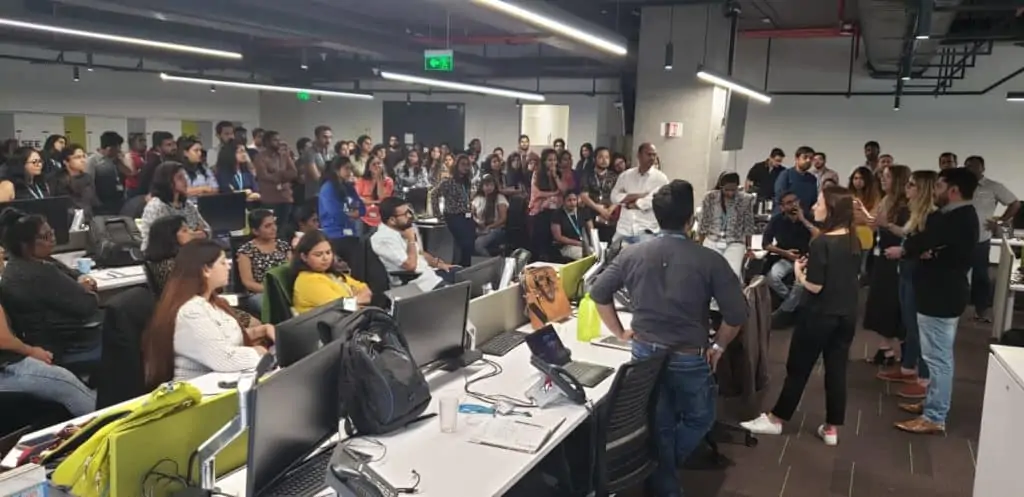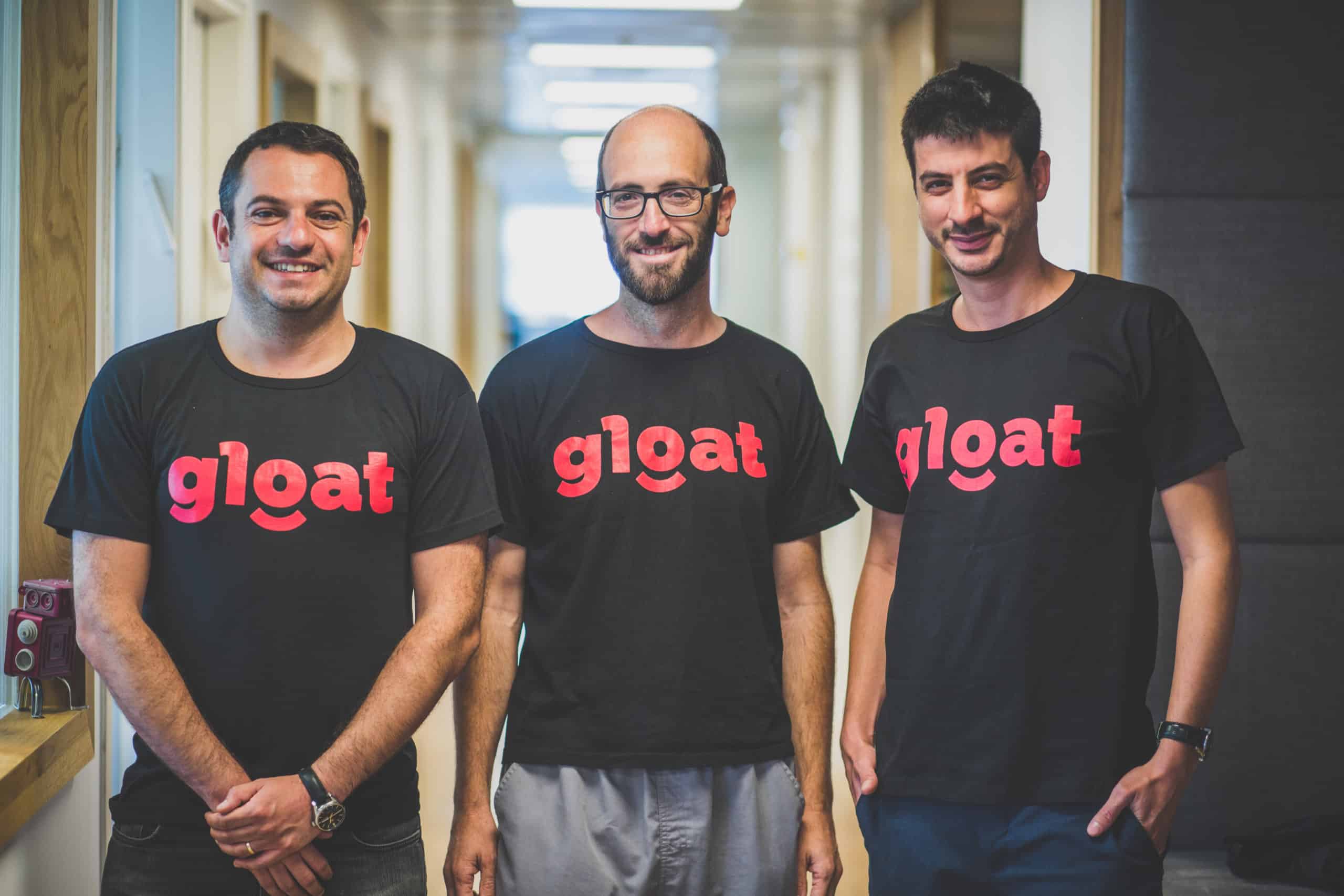What I’ve learned from doing change management for Gloat
Gloat's senior Change and Enablement consultant shares her insights on the change management process - and why you're ready for change, even if you don't think you are!

When I speak with stakeholders in organisations about launching a talent marketplace, the most common response I get is “That sounds really great, but we aren’t ready for it yet”.
Nobody likes change and this seems like a big shift. After all, we are changing the way work gets done, the way people think about development and careers and even shifting the role of the manager. Some resistance is naturally bound to crop up.
My name is Aoife Kilduff, and it’s my job to help companies deal with that resistance.
I lead change management processes for Gloat in organizations like Unilever and Schneider Electric.
Why Make This Change Now?
In my experience, there are always competing priorities and a reason to not make this change now. “Can’t we put this off until we’re more stable?”
This form of resistance has especially been true in 2020, when the pandemic led to organisations facing unprecedented challenges. Leaders were too busy fighting fires to think about launching something new, not to mention cost containment, which also means many organisations had resource constraints as they tried to reduce external talent spend.
But some organisations are seeing change, and the talent marketplace in particular, as a solution to these challenges rather than a distraction. For example, Unilever found that during the first lockdown – demand for their products was skewed. Their Food Services business no longer had any restaurants to cater to, but their hygiene products were flying off the shelves. They used the talent marketplace to redeploy people from areas of low demand to areas of high demand, leaning into the change rather than fighting it – to great success. Being able to articulate the business urgency for the change was an important first step in getting buy-in from stakeholders within the company who might have shown resistance prior.
This Will Be a Drain on Time and Resources
Projects are a key part of a talent marketplace, and typically introduce a new way of working for the organisation. I often hear a concern from leaders that people will spend too much time on projects at the cost of their day jobs. This comes from a misconception about projects – these are pieces of work that should help employees achieve their goals – not an extra, “nice-to-have” feature. But for it to be successful, managers need help thinking through how to break their work down into projects to fit this new paradigm. This is particularly true in more traditional organisations, who may not be used to agile ways of working. For example, one of the banks we work with runs unlocking capacity workshops with their managers where they brainstorm what work can be done through the talent marketplace, (e.g. lending a helping hand to a stalling project, finally getting the important but non-urgent tasks done, brainstorming a solution to an existing problem, etc.),
These sessions provide a space for managers to discuss their ideas and concerns with others like them, helping them understand how projects can benefit them and their teams on their own terms.
Unlocking Managers
Getting your managers to accept the Talent Marketplace takes more than just having them brainstorm initiatives, though.
Managers “hoarding talent” is one of the top concerns in launching a talent marketplace. But not all your managers will be talent hoarders. In my experience, the best way of convincing other managers that this is a good idea is for them to hear it from someone like them. Gathering early testimonials and success stories is key. Another way to get managers on board is to start with small changes; for example, one organisation I’ve worked with launched their talent marketplace with just part time projects for up to 4 hours a week. This allowed managers to see the benefits of sharing their talent without it being too big of a change. Six months later, they were able to open up the platform and allow people to work for an unlimited number of hours as well as start to launch full time jobs.

Change Isn’t Scary
I think the biggest lesson I’ve learned about change management is that the most resistance comes right before people take the plunge. Change can seem scary and impossible before people and organizations commit to it, but once the wheels start moving and the process is broken down into smaller, easily digestible stages, I’ve found that most people adjust with surprising speed – and often find joy and excitement in it as well.
Yes, resistance is a part of change, but it shouldn’t stop you from attempting it. You might be surprised by just how ready and capable your people are once you do.





